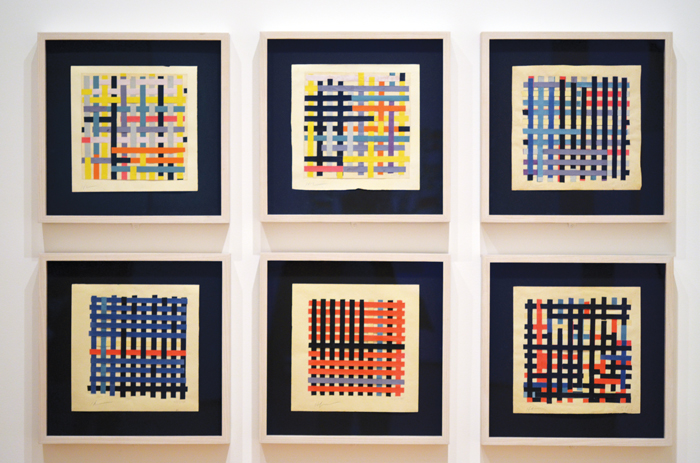
In Kolaj #2, Ric Kasini Kadour tells the story of how collage helped a Venezuelan artist living in Paris create some of the most iconic and modern paintings his country had ever seen.
It was during [1950-1951] that Otero turned to collage. “I made many studies of flat colour organization using collage which did not take me anywhere until I began a series of compositions made with very narrow bands of different coloured paper arranged in order horizontal-vertical,” wrote Otero. The collages became a series called “Orthogonal Collages.” They represented a breakthrough and laid the foundation for his “Coloritmo” (Colorhythms) which curator Rina Carvajal called “one of his major contributions to the field of painting.”
To read the entire article, SUBSCRIBE to Kolaj or PURCHASE ISSUE TWO .

Image:
ColoritmoN˚ 10
by Alejandro Otero
20″x73″x1.2″
Duco on wood
1956
Collection Manuel Vegas Brandt and Marianne Vegas Brandt
Courtesy Alejandro J. Otero, Mercedes Otero Pardo, Gil F. Otero Pardo, and Carolina Otero Pardo
